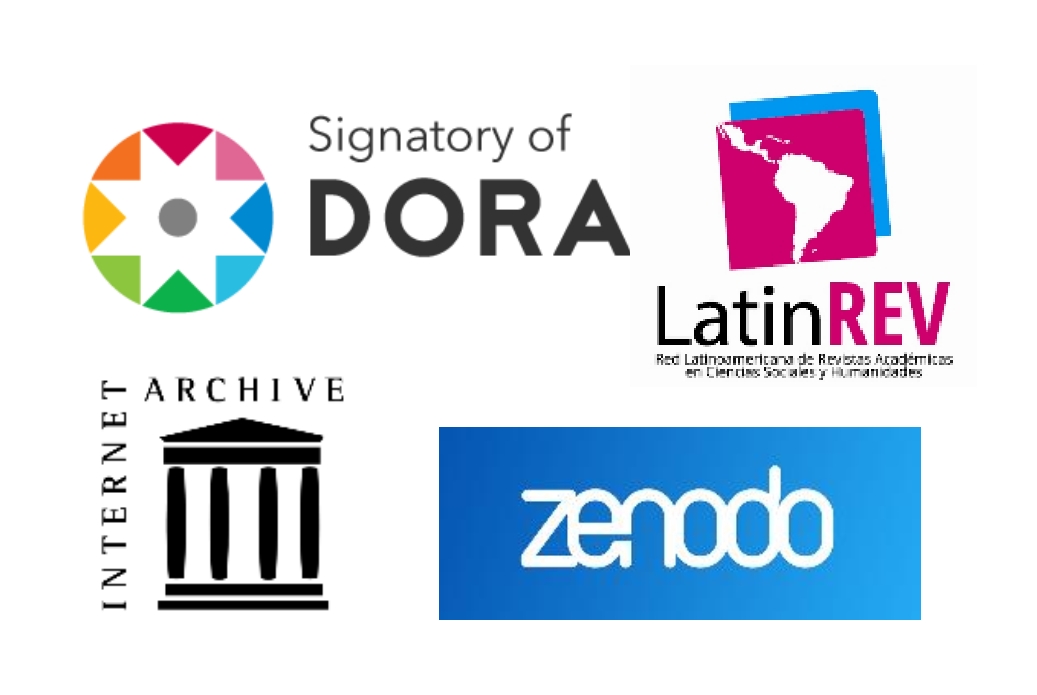Design of a convolutional neural network trained for the classification of epidermoid cancer in the human body
DOI:
https://doi.org/10.5281/zenodo.5500704Keywords:
CNN, Parameter variation, Classification, Cancer, Squamous, LearningAbstract
In this research, different models of Convolutional Neural Networks were created, varying the filter parameters and times in order to improve learning about the different classes of the set of images. Likewise, the set of images was subdivided into training, test and validation images, the latter to verify the efficiency in the classification of the created model which presented an efficiency of 87.5% and which is close to the best found in the literature.
Downloads
References
American Cancer Society, 2016. ¿Qué es el cáncer de piel tipo melanoma?,. [En línea]. Available: https://www.cancer.org/es/cancer/cancer-de-piel-tipo-melanoma/acerca/que-es-melanoma.html. [Último acceso: 23 Julio 2019].
Amirreza Rezvantalab H. S. K. S, 2018. «Dermatologist Level Dermoscopy Skin Cancer Classification Using Different Deep Learning Convolutional Neural Networks Algorithms,» p. 15, Castleman K., 1996. Digital Image Processing, New Jersy: Prentice-Hall, Engelwood Cliffs,
Brinker T. J., A. Hekler, A. H. Enk, J. Kloe, A. Hauschild, C. Berking, B. Schilling, S. Haferkmap, D. Schadendorf, S. Fröhling, J. S. Utikal y C. von Kalle, «A convolutional neural network trained with,» European Journal of Cancer, nº 11, pp. 148-154, 2019.
Codella N. C. F., D. Gutman, M. E. Celebi, B. Helba, M. A. Marchetti, S. W. Dusza, A. Kalloo, K. Liopyris, N. Mishra, H. Kittler y A. Halpern, «Skin lesion analysis toward melanoma detection: A challenge at the 2017 International symposium on biomedical imaging (ISBI), hosted by the international skin imaging collaboration (ISIC),» 2018 IEEE 15th International Symposium on Biomedical Imaging (ISBI 2018), pp. 168-172, 2018.
Challenge 2018, ISIC 2018: Skin Lesion Analysis Towards Melanoma Detection, 20 Diciembre 2018. [En línea]. Available: https://challenge2018.isic-archive.com/.
Developer I., 2018.«IBM Developer,» Redes neuronales convolucionales, 17 Diciembre [En línea]. Available: https://www.ibm.com/developerworks/ssa/library/cc-convolutional-neural-network-vision-recognition/index.html. [Último acceso: 23 Julio 2019].
Ebenezer J. P. y J. C. Rajapakse, 2018. «Automatic segmentation of skin lesions using deep learning,» Cornell University,
Goyal M. y J. C. Rajapakse, «Deep neural network ensemble by data augmentation and bagging for skin lesion classification,» 15 Julio 2018.
Kitada S. y H. Iyatomi, «Skin lesion classification with ensemble of squeeze-and-excitation networks and semi-supervised learning,» 2018.
Kechyn G, «Automatic lesion boundary detection in dermoscopy,» Cornell University, 2018.
Organización Mundial de la Salud. 2018 Cáncer.. [En línea]. Available: https://www.who.int/es/news-room/fact-sheets/detail/cancer. [Último acceso: 23 Julio 2019].
Lee Y. C., S.-H. Jung y H.-H. Won, «WonDerM. 2018. Skin lesion classification with fine-tuned neural networks,»
Li K. M y E. C. Li, 2018. «Skin Lesion Analysis Towards Melanoma Detection via End-to-end Deep Learning of Convolutional Neural Networks,»
Lu, Q. H. T. T. H. Nguyen, T. T. N. Nguyen, T. Z. Nguyen y T. Dat Tô, «Skin Lesion Analysis Towards Melanoma Detection for ISIC 2018,» HAL, 2018.
Motsch, A. S. Motsch y T. Saguet, 2018. Lesion segmentation using U-Net network,» Cornell University, « p. 4,
Pierluigi, C. A. Cuna y C. Distante, «A Dense CNN approach for skin lesion classification,» 2018Shapiro R. H. a. L, 1992.., Computer and rovot vision, New York: Publishing Co
Ray S., 2018. «Disease Classification within Dermascopic Images Using features extracted by ResNet50 and classification through Deep Forest,» Corell University,
Tschandl P., C. Rosendahl y H. Kittler, «The HAM10000 dataset, a large collection of multi-source dermatoscopic images of common pigmented skin lesions,» Scientific Data, nº 180161, 2018.
Published
How to Cite
Issue
Section
License
Copyright (c) 2021 Roberto Porto Solano, José Molina , Fernando Dávila Aguilar , Diego Noriega Izquierdo

This work is licensed under a Creative Commons Attribution-NonCommercial-NoDerivatives 4.0 International License.





